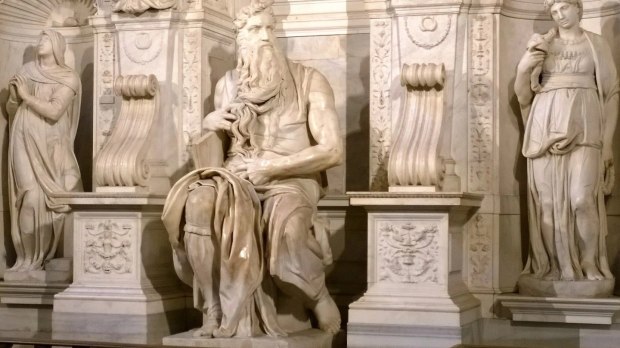Lenten Campaign 2025
This content is free of charge, as are all our articles.
Support us with a donation that is tax-deductible and enable us to continue to reach millions of readers.
Throughout the Bible there are a variety of examples of intercessory prayer, but one that stands out among them is the story of Moses.
Moses is seen throughout Exodus as an intercessor, taking the needs of his people before God.
The Catechism of the Catholic Church highlights his example in its section on prayer, under the heading, “Moses and the prayer of the mediator“:
Once the promise begins to be fulfilled (Passover, the Exodus, the gift of the Law, and the ratification of the covenant), the prayer of Moses becomes the most striking example of intercessory prayer, which will be fulfilled in “the one mediator between God and men, the man Christ Jesus.”
CCC 2574
Moses received his strength to be an intercessor by first seeing God in the burning bush and conversing with him. After that first encounter, he would repeatedly go to God first before interceding for his people.
Moses is put to the test many times, especially while wandering in the desert. When the people of Israel disobeyed God, Moses was there to intercede for them:
From this intimacy with the faithful God, slow to anger and abounding in steadfast love, Moses drew strength and determination for his intercession. He does not pray for himself but for the people whom God made his own. Moses already intercedes for them during the battle with the Amalekites and prays to obtain healing for Miriam. But it is chiefly after their apostasy that Moses “stands in the breach” before God in order to save the people.
CCC 2577
Moses’ example of intercessory prayer foreshadows what will eventually happen in the life of Jesus Christ, who is the perfect mediator and often called the “New Moses.”


